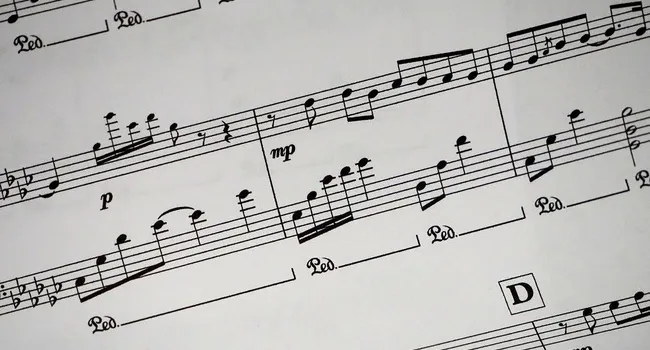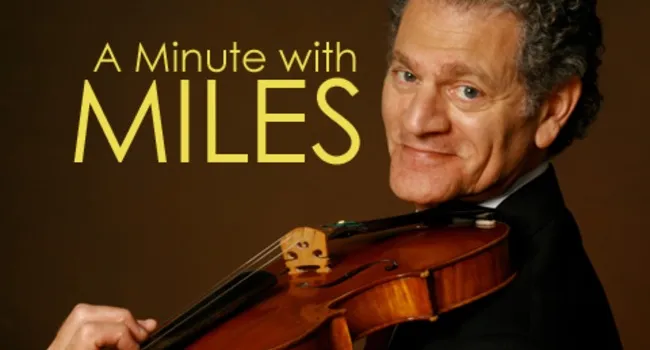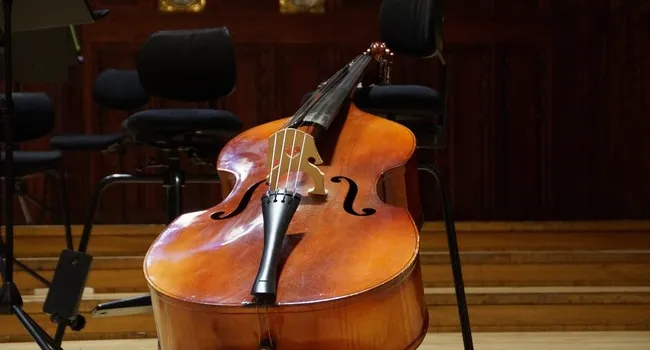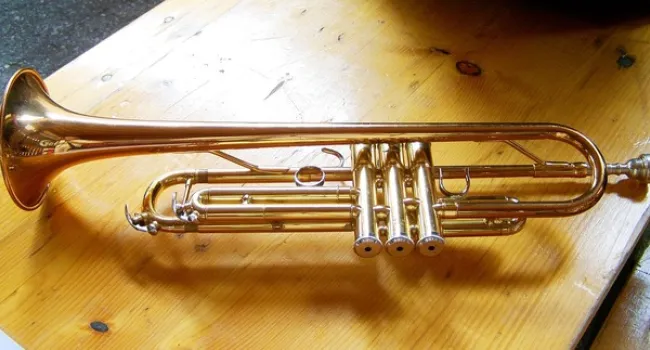Atonality and dissonance are often linked in listeners’ minds, but they’re not the same thing. Dissonance, from the Latin words for “sounding” and “apart,” is the simultaneous sounding of two or more notes to produce a clashing, or unpleasant effect. Its opposite is consonance, a pleasing sound, a “sounding together.”
Atonality is simply the absence of tonality, tonality being the musical system based on major and minor keys. Now it’s true that atonal music often includes lots of harsh dissonance… but so too does tonal music, the music of Bach, Mozart, and Beethoven. The difference is that in tonal music, dissonance doesn’t last: dissonances are considered “unstable” harmonies that must be “resolved” to consonance. And indeed, the crucial dynamic of tonal music is that dissonance creates dramatic tension, and consonance satisfies our longing for the resolution of that tension.

























